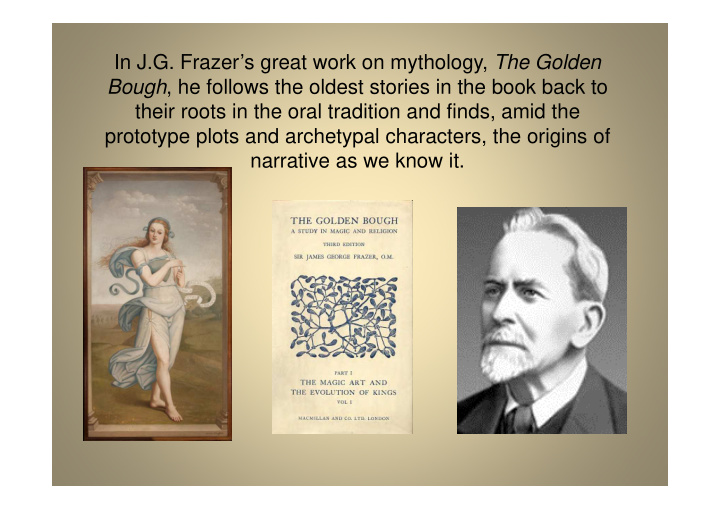



In J.G. Frazer’s great work on mythology, The Golden Bough , he follows the oldest stories in the book back to their roots in the oral tradition and finds, amid the prototype plots and archetypal characters, the origins of narrative as we know it.
In The Golden Banana Skin, I would like to try the same thing on a smaller scale; to look for the beginnings of comedy. Its etymological root is Komos, the Greek God of drunken frolics, cup-bearer to Dionysus. Also found close to the source of fun is Thalia, the Muse of comedy, to whom the writers and performers on the earliest circuits owed their punchlines and their comic pauses.
Can we see them as a primitive double act, Komos and Thalia? Originally booked for spring rites and fertility rituals, are they still funny today? Under that banana tree, we start digging for clues to the first slip-ups.
Perhaps the earliest signposts, the first visual pointers to a place of humour, are the masks of classical drama; comedy and Dig a little deeper, tragedy, that though, and we find matching pair… that ‘comedy is not merely older than tragedy but older by hundreds, perhaps by thousands, of years’ (Dover; 1972; 218-219).
The first published comedy was in the records of city Dionysia (fertility fests) when poets and performers first started to be named. Beneath those mulchy layers of early comic scripts we find the pre- literate history of humour, whose evidence is in pictures on the broken pottery of earlier civilization. And this is where the fun really starts:
Not the actual thing! A Corinthian vase of the sixth century BC seems to show men with ‘abnormally large genitals’. If, as historians suspect, this depicts comic acting rather than real life, ‘the vase gives us direct evidence of comic drama at Corinth a hundred years before the first written record of a phallic procession.
Recommend
More recommend